
Orthopedic Implants, Part 3 – Material Must Provide Strength, Safety
, RoslerUSA - Back to overview
Delivering precise, medical-grade surface finishing for orthopedic implants requires understanding the materials used whether common or not-so-common.
For millions of individuals, orthopedic implants provide the ability to regain mobility and reduce pain. Just as surgical skill is required to implant these artificial joints, so is skillful construction and finish of the joint components themselves.
A leader in surface finishing for medical technology, Rosler has extensive experience in shot blasting and mass finishing a wide range of medical devices from instruments to implants used specifically for joint replacement.
Our Orthopedic Implant Series continues with an overview of the most common materials used for these endoprosthetic implants.
Popular Materials
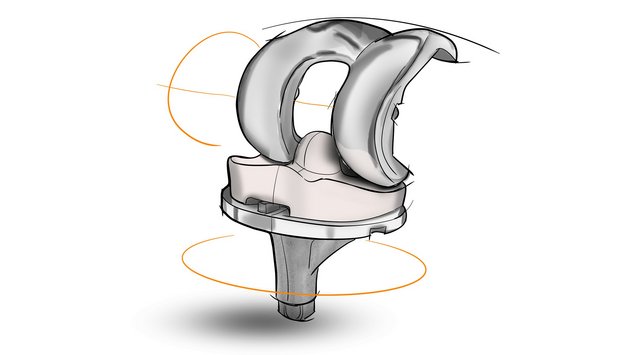
To date, the most common materials have been titanium, titanium alloys, and cobalt-chromium alloys. These materials are very tough, resistant to corrosion, highly biocompatible, and absolutely reliable.
While stainless steel often is used for trauma implants, it is not very common in joint reconstruction implants because of its limited long-term ability to withstand corrosion in the human body. Plastics, primarily polyethylene (for example, UHMWPE), have also seen increased use for joint reconstruction implants.
The interface between two joint sections can consist of metal-on-plastic, metal-on-metal, ceramic-on-plastic, or ceramic-on-ceramic.
For example, the section of the knee tibia plate that interacts with the femoral component is protected with a polyethylene liner. Likewise, the acetabular cup of a hip implant can be lined with polyethylene, whereas the femoral head on the hip stem interacting with the acetabular cup may be made of metal.
Alternative Materials
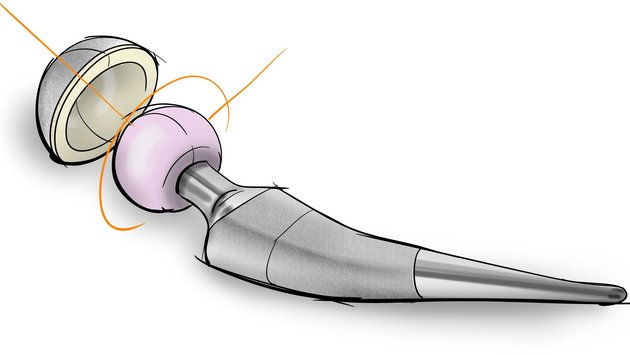
In some cases, alternative materials may be used in the manufacturing process. Less used materials for orthopedic implants include:
- Ceramic – Because of its excellent wear characteristics and the best biocompatibility among the known implant materials, ceramic is quickly becoming an excellent alternative to titanium and cobalt chrome.
- PVD (Physical Vapor Deposition) – Joint reconstruction implants frequently receive a PVD coating, using, amongst other materials, titanium nitride (TiN), zirconium nitride (ZrN), or chromium nitride (CrN). Such coatings provide numerous technical advantages, including improved wear resistance, reduced friction, high biocompatibility, and decorative colors.
- Plasma Coating – This material is primarily used to promote osseointegration on those surface areas of implants that must bond with the surrounding bone tissue. To ensure perfect adhesion of the coating, the respective surface area must be textured or roughened by shot blasting before coating.
Implant Gallery
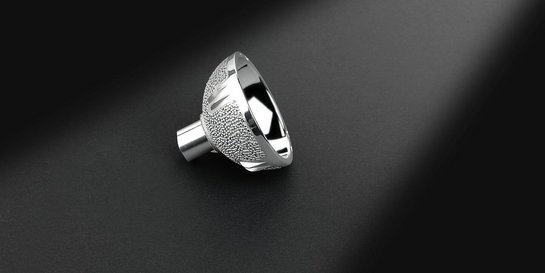
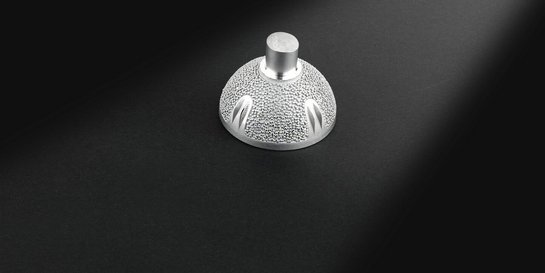
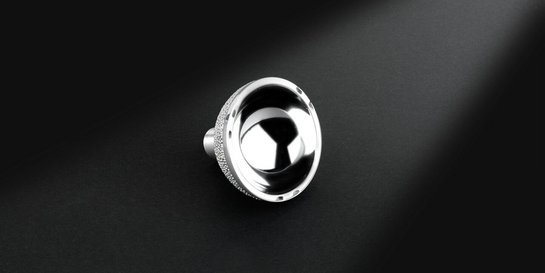
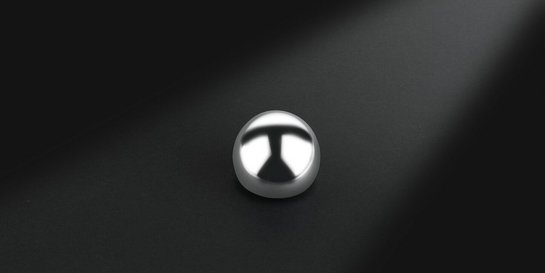
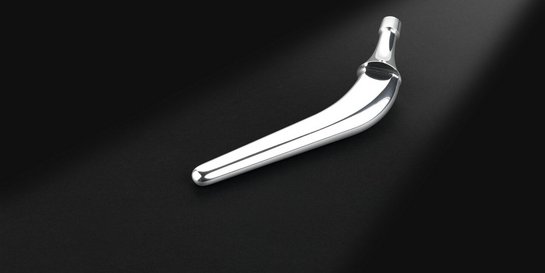
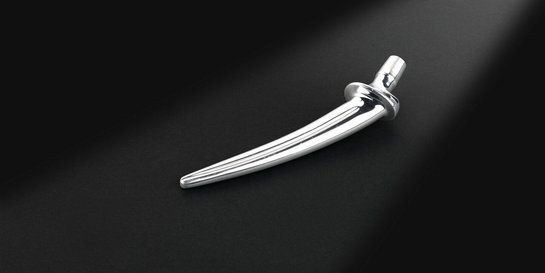
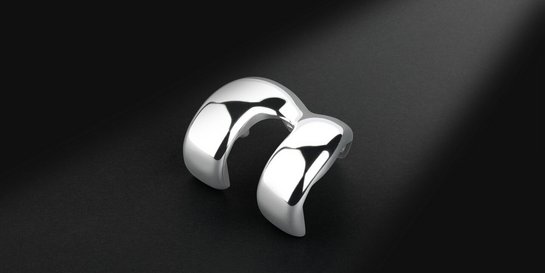
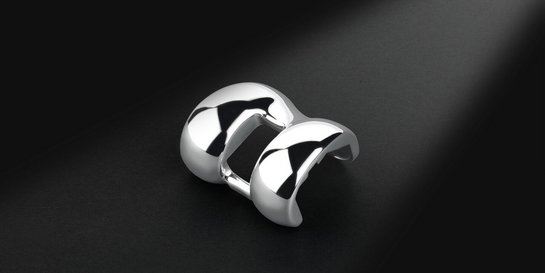
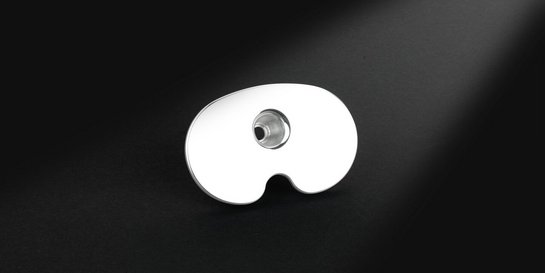
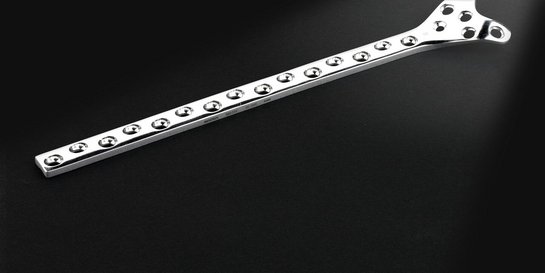
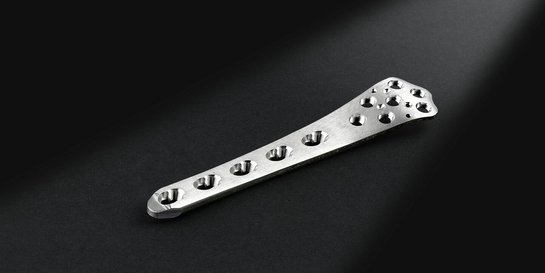
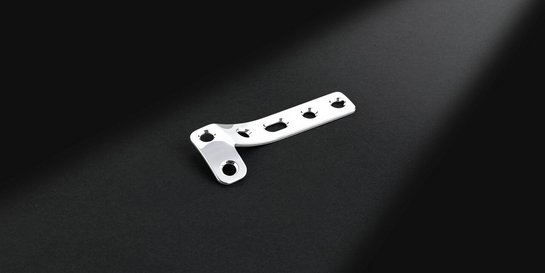
The Rosler Way
Regardless of the industry or specific component, Rosler learns about your work piece and process to develop a solution and deliver precision surface finishing and process improvements. Our work in the medical industry and with orthopedic implants is no exception.
Whatever finishing your joint reconstruction process calls for, we are confident that we can collaborate to find a better way. Contact us to discuss your unique challenges.
Future posts in the series will include:
- Part 4 – Finishers Meet Standards, Face New Challenges.
- Part 5 – Mass Finishing Offers Medical-Grade Polishing.
- Part 6 – Shot Blasting Improves Longevity.
- Part 7 – Processing Technology Evolves with Industry Advancements.